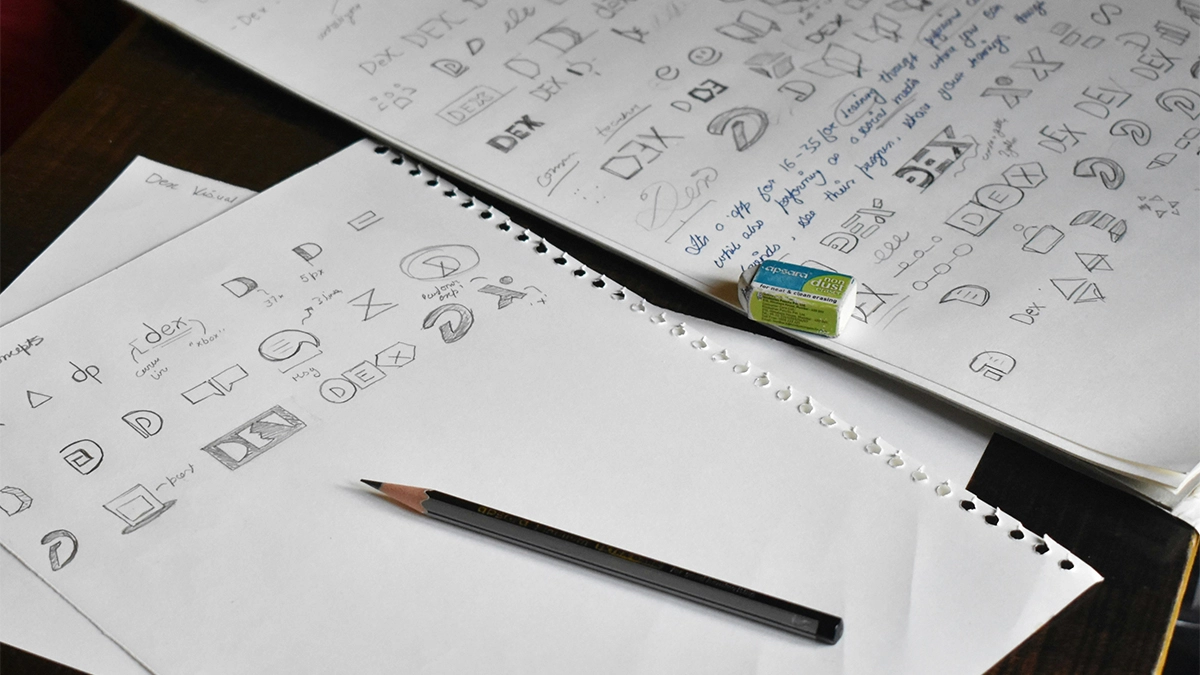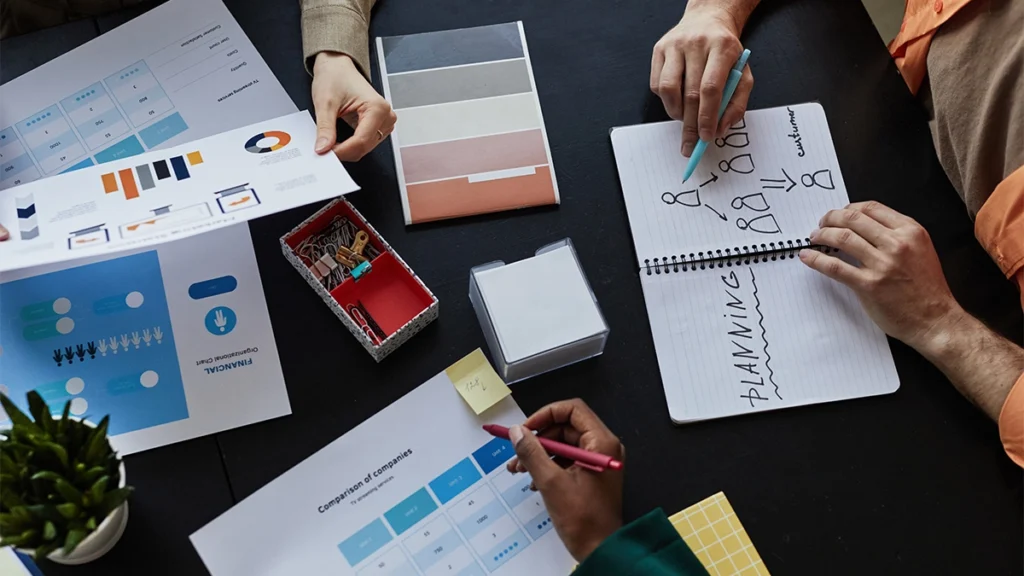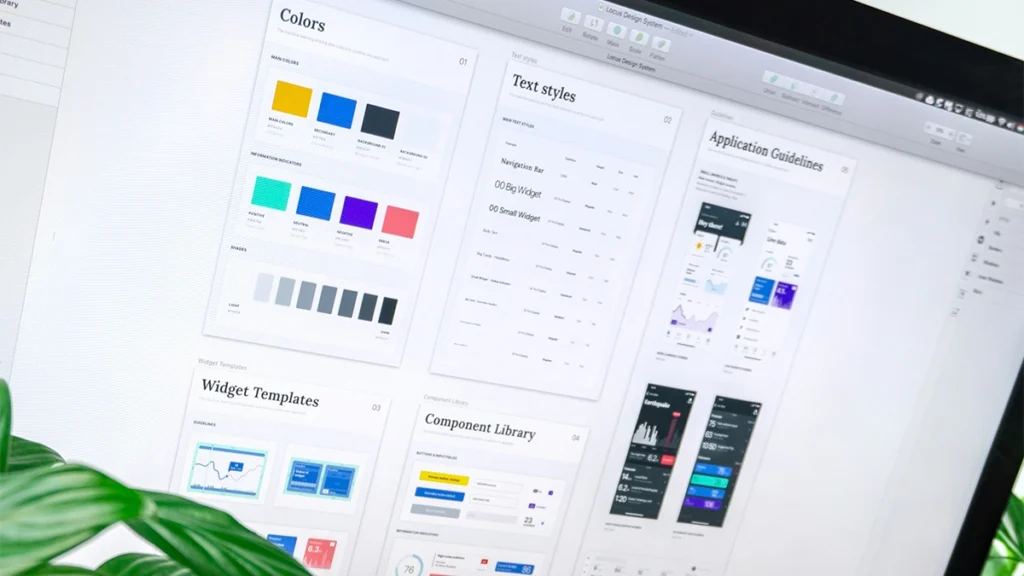Your logo is often the first impression people get of your business. It appears on your website, business cards, social media, packaging, and just about everywhere else. For small business owners, getting the logo right can make a big difference in how their brand is perceived.
In this guide, we’ll break down what makes a good logo and share practical logo design tips small business owners can actually use — even if you’re not a designer. Whether you’re creating a new brand or refreshing an old one, these insights will help you build a logo that stands the test of time.
Why Your Logo Matters
A logo isn’t just a pretty graphic — it’s your brand’s visual identity. A well-designed logo communicates who you are, what you do, and what people can expect from you. It can make your business look more professional, trustworthy, and memorable.
Think about the brands you love. Chances are, you can picture their logos instantly. That’s the power of strong visual branding. As a small business, having a clear and recognisable logo gives you a competitive edge and helps build brand recognition over time.
1. Keep It Simple
One of the biggest mistakes small business owners make is overcomplicating their logos. You might feel the urge to squeeze in every detail about your business, but simplicity is key. A simple logo is:
- Easier to remember
- More versatile across platforms
- Cleaner and more professional-looking
Take a look at brands like Nike, Apple, or McDonald’s. Their logos are simple, iconic, and incredibly effective.
Tip: If it doesn’t look good at a tiny size, it’s too complicated.
2. Make It Relevant
Your logo should reflect your industry and your brand personality. Are you a modern tech startup? A traditional law firm? A quirky coffee shop? Your design choices should match the vibe you’re going for.
Think about:
- Colour palette: Bright and playful vs muted and serious
- Typography: Clean sans-serif vs elegant serif fonts
- Imagery or icons: Abstract symbols vs literal representations
Tip: Look at competitors in your space to spot common themes, but don’t copy. Aim to stand out while still being relevant.
3. Choose the Right Colours
Colours aren’t just for aesthetics — they have a psychological impact. The colours you use can influence how people feel about your brand.
Here are a few examples:
- Blue: Trust, professionalism (used by banks, tech companies)
- Red: Energy, passion, urgency (used by food and retail brands)
- Green: Growth, nature, calm (used by eco-friendly brands)
- Black/Grey: Sophistication, luxury, simplicity
Tip: Don’t go overboard. Stick to 2-3 main colours to keep it cohesive.
4. Choose the Right Font
Typography can make or break a logo. The font you choose should match your brand’s tone and be easy to read in different sizes.
Here are some font categories:
- Sans-serif: Modern and clean (e.g., Helvetica, Montserrat)
- Serif: Classic and elegant (e.g., Times New Roman, Playfair Display)
- Script: Stylish and personal (e.g., Pacifico, Great Vibes)
Tip: Avoid overly decorative or trendy fonts. They may not age well or print clearly.
5. Make It Versatile
Your logo should look great no matter where it appears. That means it needs to be:
- Scalable (looks good large or small)
- Legible in black and white
- Suitable for both digital and print use
You’ll want versions of your logo in different formats:
- Full-colour
- Black and white
- Transparent background
- Icon-only or text-only
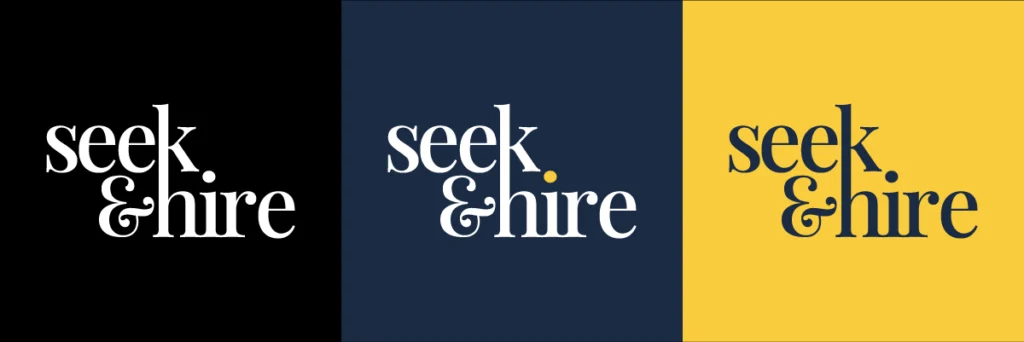
Tip: Test your logo on a website mock-up, business card, and social media profile to see how it performs in real life.
Need help designing the perfect logo?
Check out our branding services for small businesses
6. Aim for Timeless, Not Trendy
Trends come and go, but a timeless logo stays relevant. While it’s okay to draw inspiration from current styles, focus on creating something that will still feel fresh in five or ten years.
A good logo stands the test of time and builds familiarity over the years. Avoid jumping on design bandwagons unless they truly align with your brand’s core values.
Tip: Ask yourself: Will this logo still make sense if my business grows or changes direction?
7. Think About Your Brand Story
Your logo should be part of a bigger brand narrative. It’s not just about how it looks, but what it means. A great logo can subtly communicate your values or mission.
For example:
- A tree icon might reflect growth, stability, or sustainability.
- A handshake symbol could imply trust and partnership.
Tip: Try brainstorming a few words that describe your brand before sketching out ideas.
8. Don’t Be Afraid to Redesign
If your current logo no longer represents your brand or feels outdated, it’s completely okay to refresh or redesign it. As your business grows, evolves, or shifts focus, your logo might need to follow suit.
Many iconic brands have successfully redesigned their logos over the years:
- Google simplified its serif logo into a modern, friendly sans-serif version.
- Starbucks removed the wordmark and focused solely on the mermaid icon.
- Instagram transformed from a skeuomorphic camera icon into a bold, colourful gradient symbol.
A redesign doesn’t mean losing your identity. Done right, it can enhance recognition and show that your business is evolving.
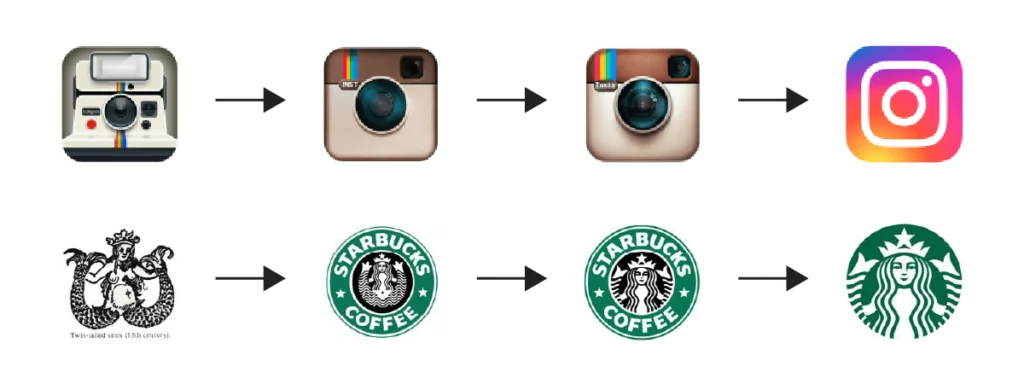
Tip: Keep elements of your old logo if they’re recognisable — like colours or icon shapes — to maintain continuity.
9. Consider Hiring a Designer
While there are plenty of DIY logo tools out there, hiring a professional designer is often worth the investment. Designers can bring a fresh perspective, ensure your logo is unique, and create all the variations and file types you’ll need.
If your budget is tight, try:
- Looking for local freelancers or students
- Reaching out to agencies like us at 404 Marketing (shameless plug!)
Tip: Always ask for the original vector files (like .AI or .SVG) so you can scale your logo in the future.
10. Get Feedback Before Finalising
Before you settle on a final logo, get feedback from a few trusted sources. This could include friends, customers, colleagues, or even a quick poll on social media.
Ask questions like:
- What does this logo make you think of?
- Does it look professional?
- Is it easy to read?
Tip: Don’t crowdsource your design, but do listen for common themes in the feedback.
11. Use Tools to Create Your Own Logo
If hiring a designer isn’t an option, some excellent tools can help you create your own logo:
- Canva – Beginner-friendly with tons of templates and customisation options.
- Looka – AI-powered logo maker that generates professional designs based on your inputs.
- Adobe Express – Simple drag-and-drop tool with brand kit features.
These tools can give you a great starting point and help you visualise ideas before committing to a final design.
Tip: Always test your DIY logo across different platforms to ensure it holds up well in real-world use.
12. Stay Consistent Across Platforms
Once you have your logo, use it consistently across all platforms — your website, social media, signage, email signatures, and marketing materials. Consistency helps build recognition and trust.
To make this easier, create a simple brand kit that includes:
- Your logo (in all formats)
- Colour codes (HEX, RGB, CMYK)
- Font styles
- Logo usage rules
Tip: Canva Pro, Adobe Express, or Figma can be great tools to manage and reuse branded elements.
Final Thoughts
Designing a great logo takes a bit of thought, but it doesn’t need to be overwhelming. As a small business owner, your logo is one of the best tools you have to make a strong, lasting impression.
By keeping your logo simple, making it relevant, and thinking ahead, you can create a visual identity that works just as hard as you do.
And if you’re feeling stuck, don’t worry — we’re here to help. At 404 Marketing, we love crafting logos that tell stories, connect with customers, and look great everywhere.
Looking for a custom logo that fits your brand perfectly? Contact us today and let’s chat about how we can bring your vision to life.
